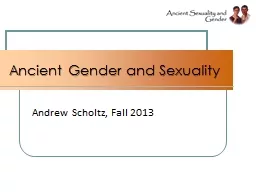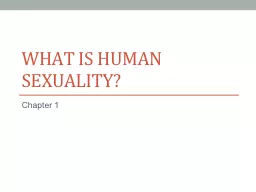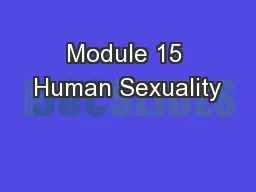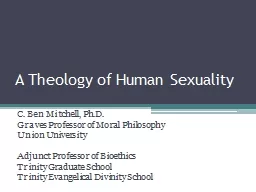PPT-Sexuality Overview Approaches
Author : phoebe-click | Published Date : 2018-11-07
Victorian attitudes Masturbation fears Homosexuality Sexology Conclusion Approaches Increasingly informed by queer theory a theoretical approach which emanates
Presentation Embed Code
Download Presentation
Download Presentation The PPT/PDF document "Sexuality Overview Approaches" is the property of its rightful owner. Permission is granted to download and print the materials on this website for personal, non-commercial use only, and to display it on your personal computer provided you do not modify the materials and that you retain all copyright notices contained in the materials. By downloading content from our website, you accept the terms of this agreement.
Sexuality Overview Approaches: Transcript
Download Rules Of Document
"Sexuality Overview Approaches"The content belongs to its owner. You may download and print it for personal use, without modification, and keep all copyright notices. By downloading, you agree to these terms.
Related Documents














